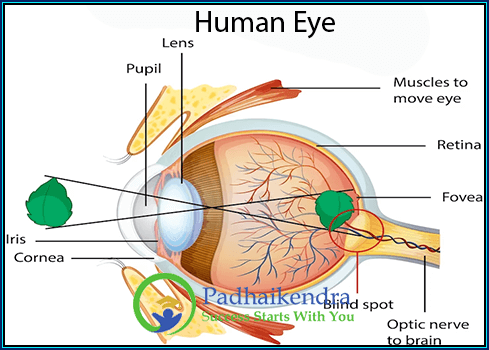Difference between Elastic waves and Electromagnetic waves
Elastic waves and electromagnetic waves are two different types of waves that propagate through different mediums and exhibit different properties. Here are some key differences between them:
Nature of propagation: Elastic waves are mechanical waves that require a medium (solid, liquid, or gas) to travel through. They propagate by transferring energy through the oscillation of particles in the medium. Electromagnetic waves, on the other hand, can travel through a vacuum and do not require a medium. They consist of oscillating electric and magnetic fields that self-propagate through space.
Medium dependence: Elastic waves depend on the physical properties of the medium they travel through. The speed and characteristics of elastic waves can vary depending on the properties of the material, such as density, elasticity, and compressibility. Electromagnetic waves, however, are not affected by the properties of the medium. They propagate at a constant speed in a vacuum, which is the speed of light (approximately 3 x 10^8 meters per second).
Particle motion: In elastic waves, particles of the medium oscillate back and forth in the direction of wave propagation. This motion can be transverse (perpendicular to the direction of propagation) or longitudinal (parallel to the direction of propagation), depending on the type of elastic wave. In electromagnetic waves, the electric and magnetic fields oscillate perpendicular to each other and to the direction of wave propagation. This characteristic gives rise to the transverse nature of electromagnetic waves.
Energy transfer: Elastic waves transfer energy by causing compression and rarefaction of the medium. In other words, they transfer energy through the motion and interaction of particles in the medium. Electromagnetic waves transfer energy through the oscillating electric and magnetic fields. The energy carried by electromagnetic waves does not require a physical medium to propagate and can travel across vast distances in space.
Frequency range: Elastic waves typically have lower frequencies and are associated with phenomena such as sound waves and seismic waves. Electromagnetic waves, on the other hand, span a broad range of frequencies, from extremely low frequencies (ELF) and radio waves to microwaves, infrared, visible light, ultraviolet, X-rays, and gamma rays.
It’s important to note that both elastic waves and electromagnetic waves are fundamental to various natural phenomena and have numerous applications in science, engineering, and technology.
What are Elastic waves?
Elastic waves, also known as mechanical waves, require a medium to travel through. These waves propagate by the vibration of particles in the medium, which can be a solid, liquid, or gas. Examples of elastic waves include sound waves, seismic waves, and waves on the surface of water. Elastic waves are characterized by properties such as frequency, wavelength, amplitude, and velocity, which depend on the properties of the medium.
What are Electromagnetic waves?
 Electromagnetic waves, also known as non-mechanical waves, do not require a medium to travel through. They are a type of transverse wave that consists of oscillating electric and magnetic fields that are perpendicular to each other and to the direction of propagation of the wave. Electromagnetic waves propagate through a vacuum at a constant speed, which is denoted by the symbol c and is approximately equal to 3.00 x 10^8 meters per second. Electromagnetic waves are characterized by properties such as frequency, wavelength, amplitude, and polarization, which depend on the source of the wave.
Electromagnetic waves, also known as non-mechanical waves, do not require a medium to travel through. They are a type of transverse wave that consists of oscillating electric and magnetic fields that are perpendicular to each other and to the direction of propagation of the wave. Electromagnetic waves propagate through a vacuum at a constant speed, which is denoted by the symbol c and is approximately equal to 3.00 x 10^8 meters per second. Electromagnetic waves are characterized by properties such as frequency, wavelength, amplitude, and polarization, which depend on the source of the wave.





